Stories from Madagascar
CEO Blog: Why We Need to Care About Madagascar
Earlier this month, I visited Madagascar where Medair has been helping remote communities for more than 17 years. I have been asked several times why we provide humanitarian aid in a country like Madagascar. Thinking of conflict-torn countries like South Sudan, Syria, Iraq, and DR Congo, it might not immediately make sense. Thoughts of Madagascar evoke images of stunning scenery, beautiful beaches,and even the lemurs from the animated movie,“Madagascar”. All of this is true. Madagascar is an incredibly beautiful country. Yet, Madagascar is also one of the world’s poorest countries and is extremely vulnerable to natural disasters. Here are four important things that you need to know about the humanitarian situation in Madagascar.
1. Natural disasters are compounding existing high levels of poverty
Madagascar faces one of the 10 highest poverty rates in the world. According to the World Bank, 75 percent of the population survives on less than USD 1.90 per day,while two-thirds of the Malagasy people live in areas at high risk of natural disasters. Cyclones, tropical storms, droughts, disease epidemics, and insect infestations frequently hit the island country, devastating communities and making it hard for families to break out of the cycle of poverty.
Madagascar ranks fourth lowest in Africa when it comes to accessing safe drinking water. I visited a community in the Grand Sud region that suffers heavily from recurring droughts. A woman told us that they had to walk several hours to collect water, and even then, it was often contaminated. In this region, only one in every fourteen people has access to clean water.
Droughts, cyclones,and floods also severely impact agriculture and livelihoods. Many Malagasy people struggle to feed their families and more than half of the children are chronically malnourished.
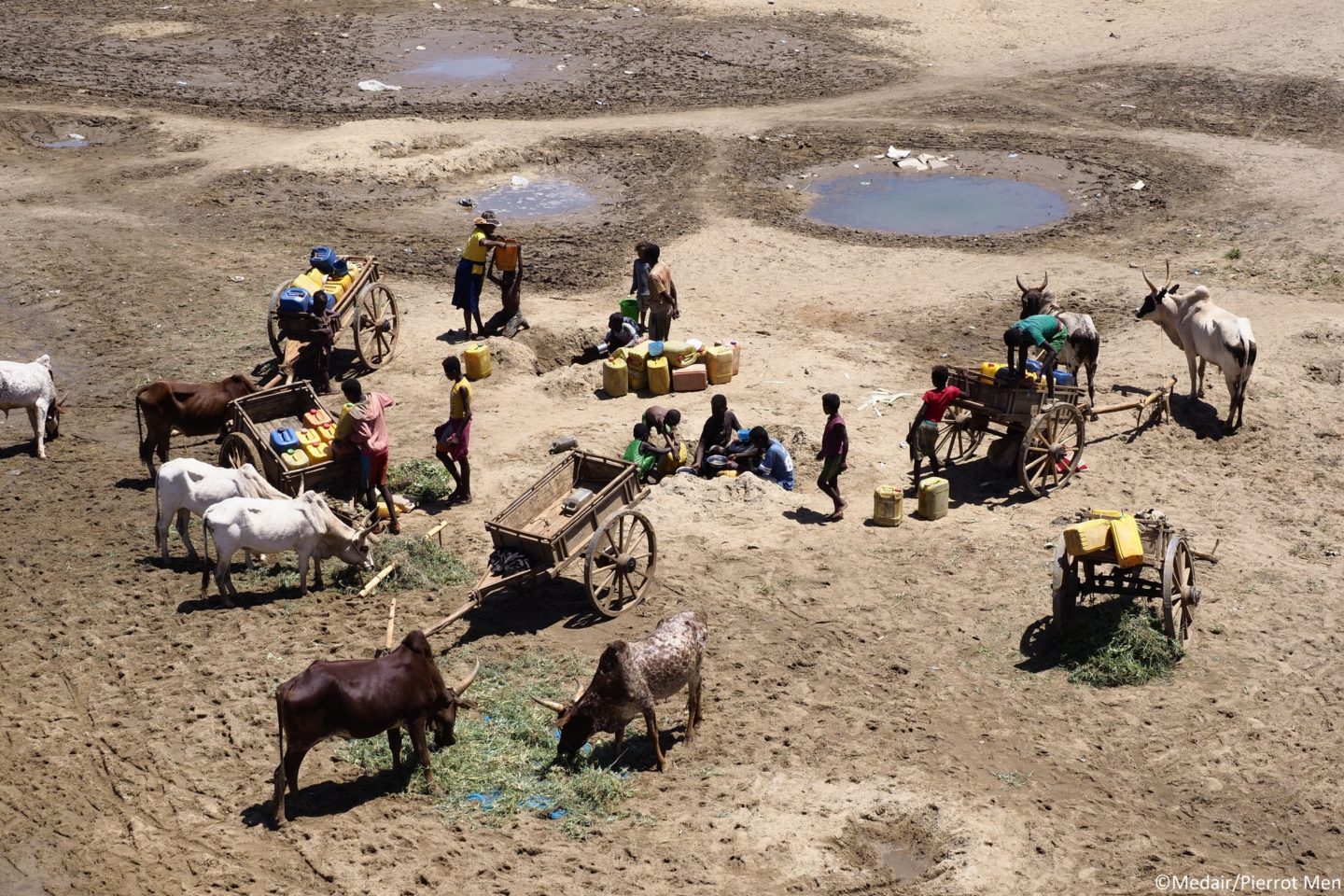
2. Climate change is making things worse
Climate change is a real factor impacting lives in Madagascar. Natural disasters,such as droughts and floods, are becoming even more intense and frequent. The Global Climate Risk Index lists Madagascar as the seventh most affected country because of the toll that natural disasters have taken on the island’s communities. In the past 20 years, Madagascar has been struck by 35 cyclones, eight floods, and five periods of severe drought, according to the United Nations. This is a three-fold increase over the previous 20 years.
Less rainfall and higher temperatures caused by climate change will only exacerbate the water shortages. I learned during my visit that thousands of people are no longer able to source fresh water like they could before, forcing them to migrate to other parts of the island—essentially becoming climate-change refugees.
Climate change is also threatening the fishing and agriculture sectors—central to the food supply of many Malagasy communities—and is predicted to further exacerbate food insecurity and malnutrition.
The consequences of global climate change in Madagascar are real and put already vulnerable communities at risk. Without global action to stop climate change, its devastating impact on extremely vulnerable countries such as Madagascar will only worsen.
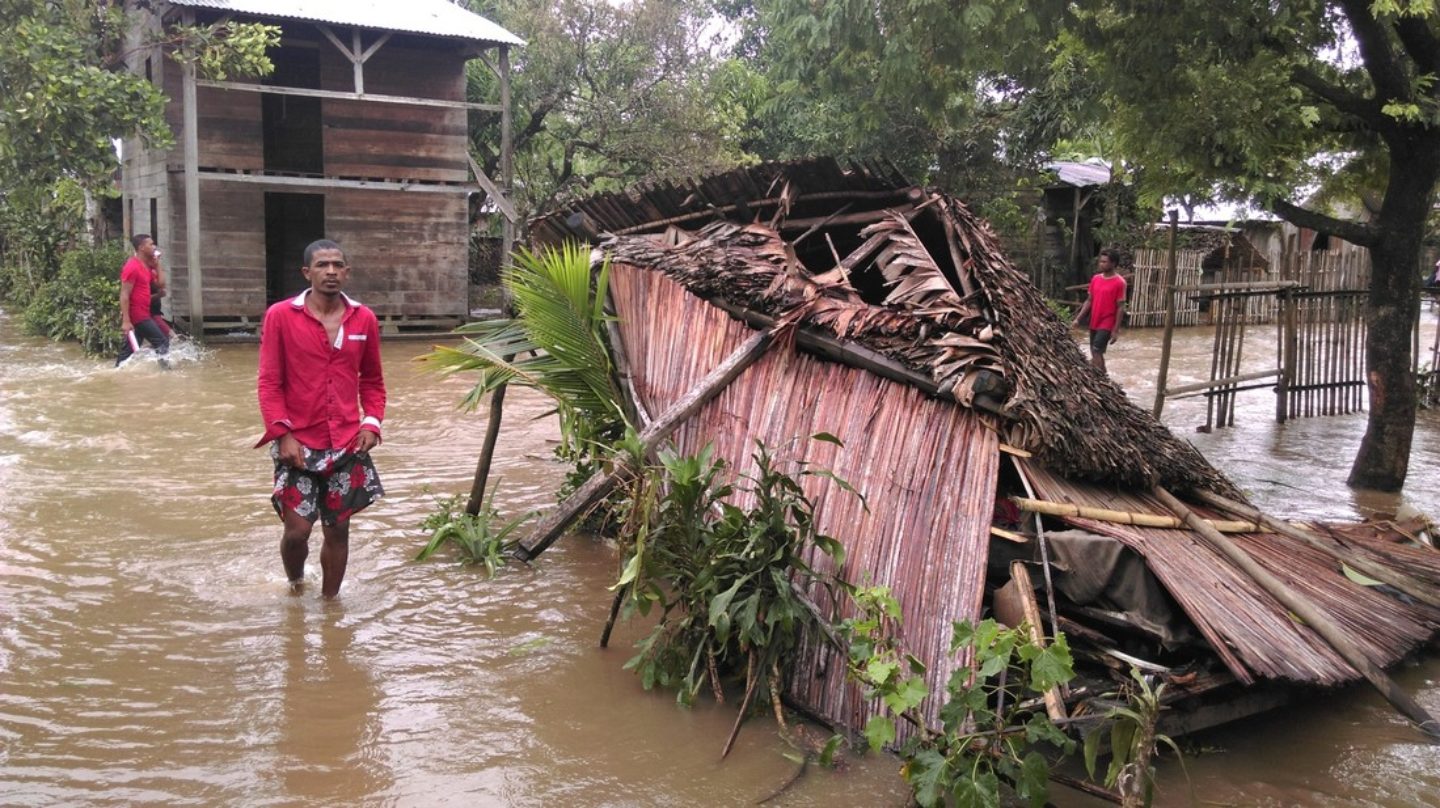
3. The country is suffering in silence
The humanitarian needs in Madagascar are high,but rarely make it to the global media stage. In fact, chances are that this article will not be read as much as some of our other articles about better-known crises. There is simply very limited awareness and media attention about the needs present in Madagascar.
Did you know that in 2017 a staggering 1.4 million people in the southern region of the country faced hunger as crops failed to survive consecutive years of drought? Last year, two cyclones—Ava and Eliakim—also battered the island country, affecting 212,200 people. On top of that, 1,200 people have died from measles since October 2018.
Sadly,these events only sparked a few headlines and humanitarian responses in the country are chronically underfunded. Yet,the country has no time to lose.The impact of the intensifying natural disasters needs to be mitigated and prevented,and the severe humanitarian needs have to be met as soon as possible.The country’s plight deserves attention at a global scale.
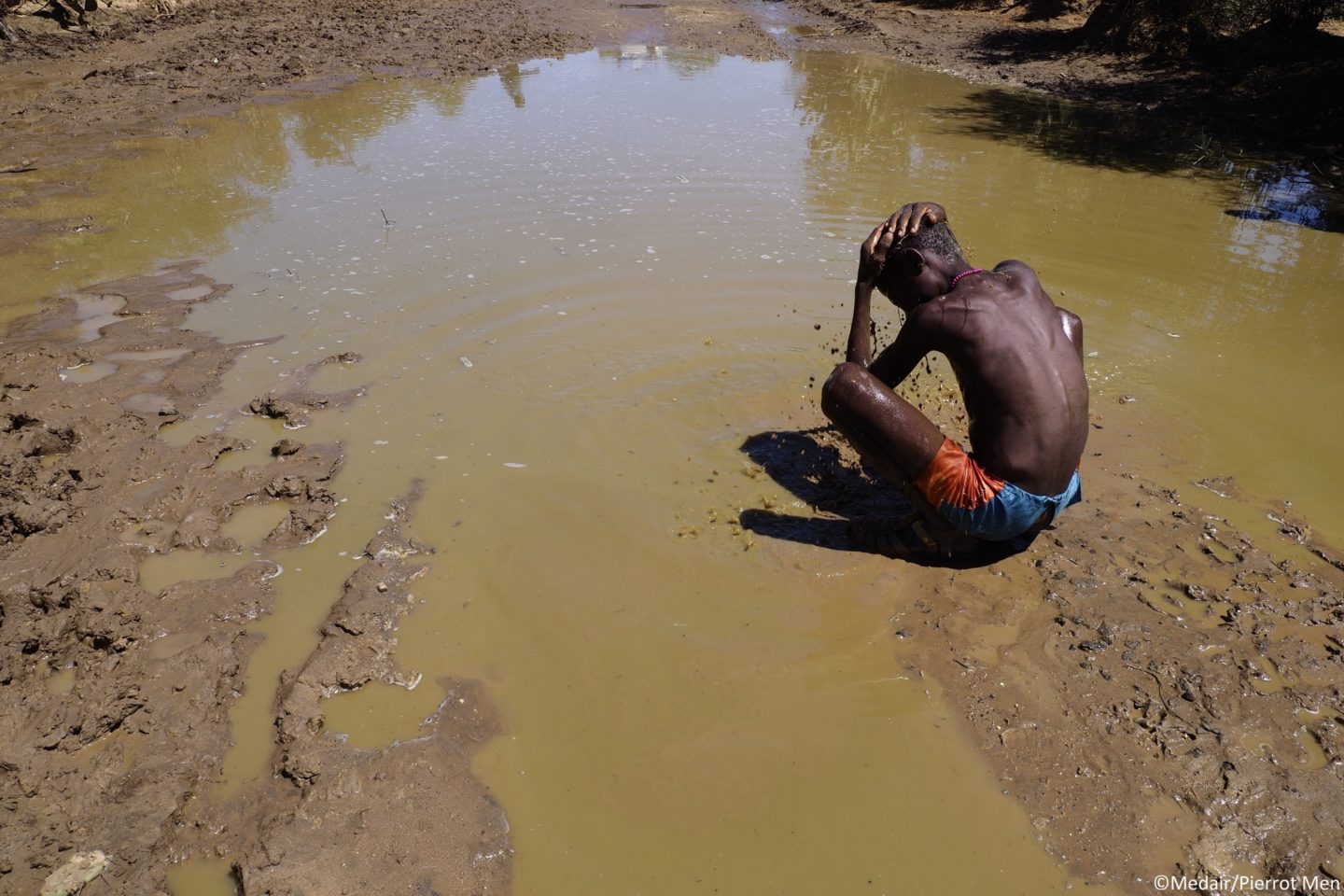
4. Remoteness makes delivering aid challenging
Bringing relief to people affected by crisis in this island country can be very challenging. A large reason for this is due to its remoteness. Only 15 percent of the roads in Madagascar are paved.
I experienced this first-hand during my visit. Reaching people in need can be a long and arduous journey. To get to the communities we serve,we had to take a three-hour flight from the capital city of Antananarivoto the south of the country, and then travel another four hours by car on a muddy and bumpy road. It was tiring and we had to stop several times as our cars kept getting stuck in the mud. However, this was not an exception. Thousands of villages and communities in need of humanitarian assistance are just as isolated and hard to reach.
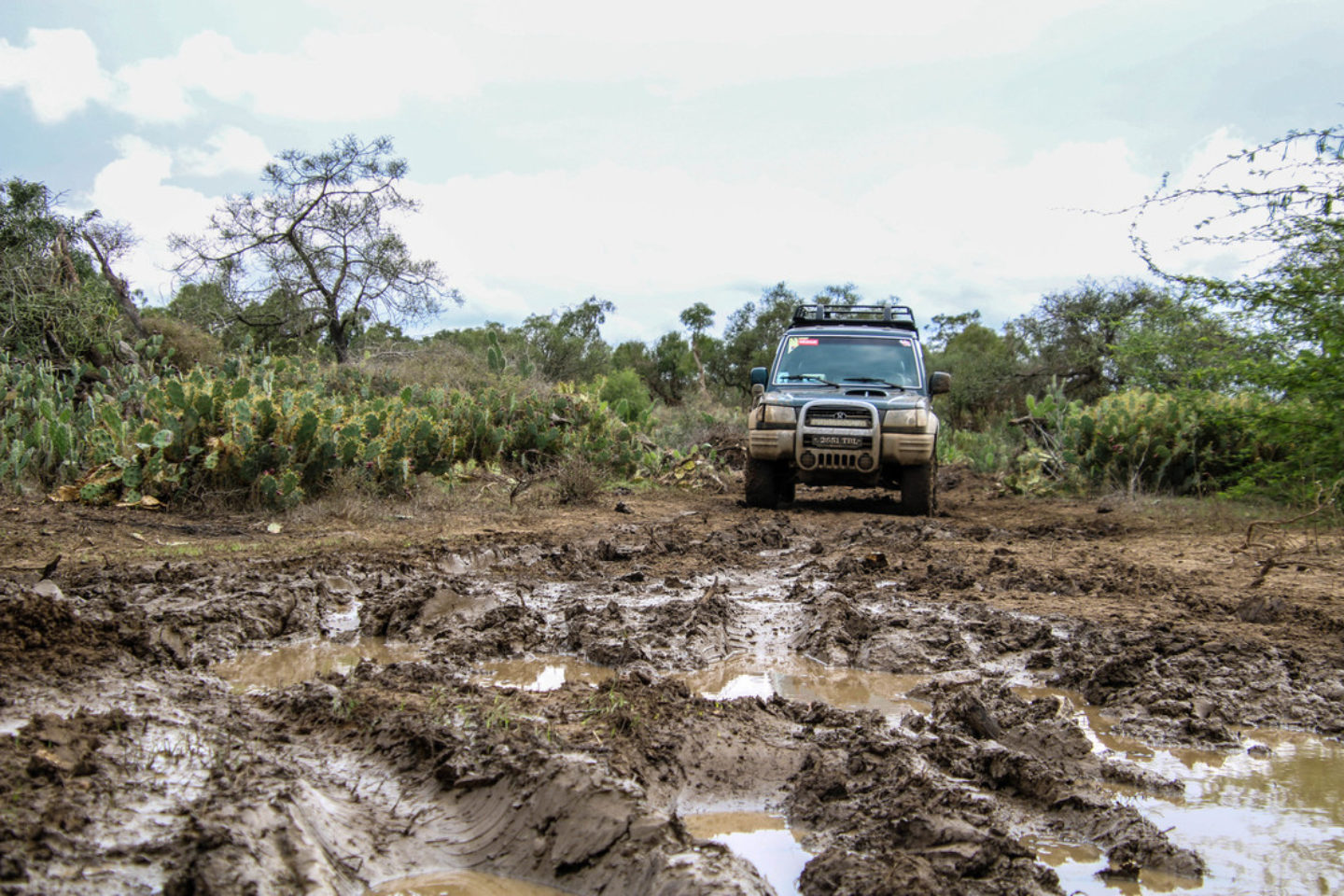
Yet, I was encouraged by the Malagasy people during my visit. They are incredibly resilient and will do everything they can to help their communities survive and recover from the disasters that affect them. The trained first responders within the communities are crucial in saving lives and we would not be able to do our work without them. But they need our continued partnership and support as they face these challenges head on. I urge you to please not forget the people of Madagascar, even if the world seems to have forgotten them sometimes.
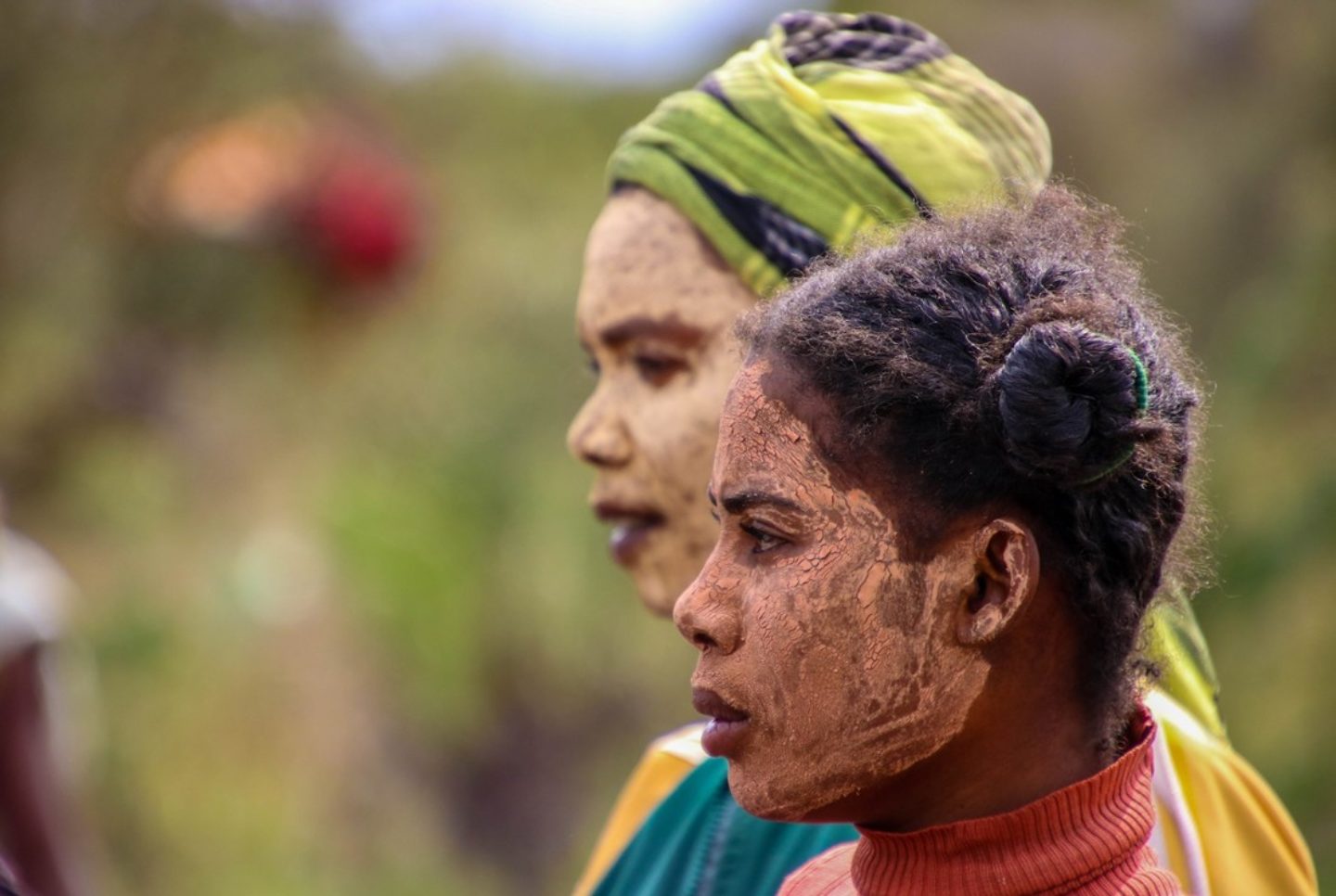
Medair began working in Madagascar in 2002 in response to Cyclone Kesiny. Since then, Medair has provided water, sanitation, and hygiene as well as shelter assistance to vulnerable communities affected by natural disasters and extreme poverty.When disasters strike, we work closely with organised community groups—such as scouts and churches—who can deploy quickly to bring relief to affected communities across the country, and strengthen communities’ ability to cope through emergency preparedness.
If you would like to make an immediate difference in the lives of people living in remote Madagascar, please consider making a gift today to our Emergency Fund
